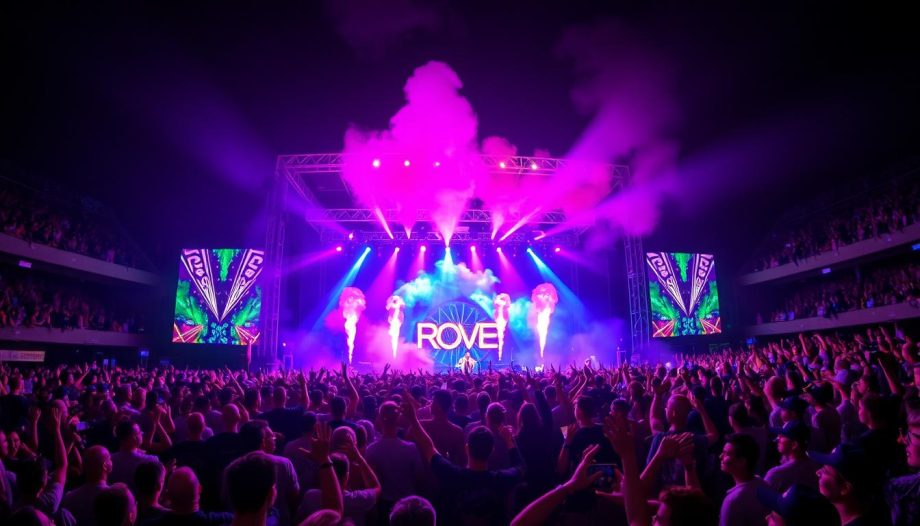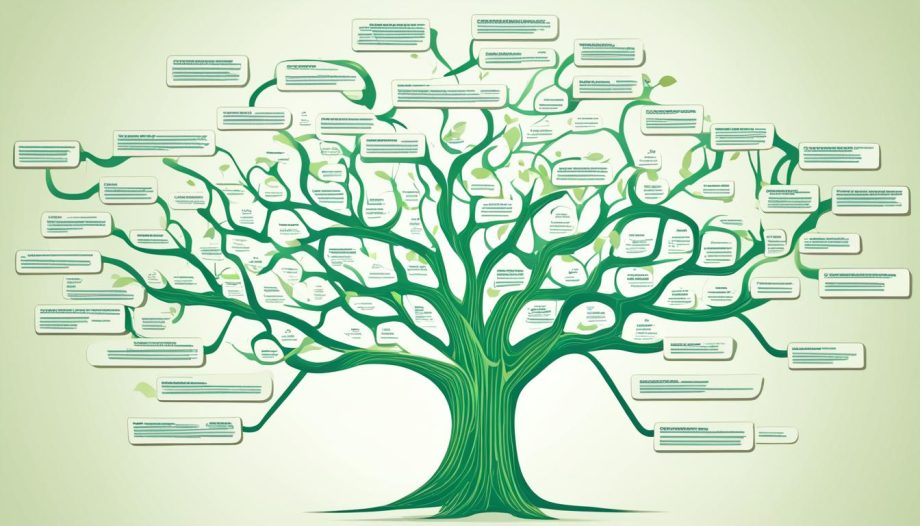Welcome to the world of website creation! In this article, I will guide you through the fundamental distinctions between web design and web development. As a professional in the digital landscape, I understand the importance of clarity when it comes to these crucial roles in website creation and maintenance.
Web design and web development are two distinct disciplines that work hand in hand to bring websites to life. While they share a common goal of creating appealing and functional websites, their approaches and skill sets differ significantly.
Web design revolves around the visual and user-centered aspects of a website. It encompasses everything from the layout and color scheme to the typography and user experience design. Web designers, like artisans, use their creativity and knowledge of design principles to craft aesthetically pleasing websites that captivate users. Their expertise lies in creating visually appealing interfaces that are easy to navigate.
On the other hand, web development focuses on the technical aspects of building websites. Web developers are like architects, responsible for turning design concepts into interactive and functional websites. They possess a deep understanding of coding languages, frameworks, and content management systems, ensuring that the website runs smoothly and offers an optimal user experience.
Throughout this article, you will gain a comprehensive understanding of web design and web development, their individual contributions, and the key differences between them. So, let’s dive in and explore the exciting world of website creation!
Understanding Web Design
In this section, we will explore the fascinating world of web design. Web design plays a crucial role in creating visually captivating and user-friendly websites that leave a lasting impression on visitors. Let’s dive deeper into what web design entails and discover the key elements that make it a vital component of successful online platforms.
The Elements of Web Design
Web design encompasses various elements that work harmoniously to create an engaging and cohesive user experience. These elements include:
- Layout: The arrangement of content, images, and other design elements on a web page. A well-structured layout enhances readability and guides users’ attention.
- Color Schemes: The selection of colors used throughout a website. Colors evoke emotions, establish brand identity, and contribute to overall aesthetics.
- Typography: The choice of fonts and their arrangement. Appropriate typography enhances readability and conveys the website’s tone and personality.
- User Experience (UX) Design: The focus on creating seamless and intuitive user interactions. UX design ensures that websites are easy to navigate and provide a positive user experience.
By carefully considering and implementing these elements, web designers can create visually appealing and functional websites that captivate users.
Web design is not just about making things look pretty—it’s about purposeful design that helps users find what they’re looking for effortlessly. – John Maeda
The Role of Web Designers
Web designers are the professionals responsible for translating ideas and concepts into captivating online experiences. They possess a unique set of skills and expertise that contribute to the success of a website. Some of the key responsibilities of web designers include:
- Creating Visual Concepts: Web designers use their creativity to develop design concepts that align with the client’s goals and target audience.
- Wireframing and Prototyping: Before diving into the visual design phase, web designers create wireframes and prototypes to map out the website’s structure and user flow.
- Collaborating with Clients and Developers: Web designers work closely with clients to understand their vision and with web developers to ensure seamless implementation of the design.
- Staying Updated with Design Trends: Web designers stay on top of the latest design trends and technologies to deliver modern and visually appealing websites.
Web designers play a critical role in shaping a website’s aesthetics, usability, and overall brand experience. Their expertise helps organizations establish a strong online presence and connect with their target audience.

The Art of Web Design
Web design is an art that combines aesthetics, functionality, and user experience to craft compelling online platforms. It requires a blend of creativity, technical skills, and an understanding of human psychology. A well-designed website can captivate visitors, engage them with relevant content, and drive conversions.
| Benefits of Effective Web Design |
|---|
| Enhanced User Experience |
| Improved Brand Image and Perception |
| Increase in Website Traffic and Conversions |
| Higher Engagement and Time Spent on the Website |
| Competitive Advantage in the Digital Landscape |
Investing in professional web design is crucial for businesses looking to create a strong online presence. It is an essential component of successful digital marketing strategies and can significantly impact a company’s growth and profitability.
Exploring Web Development
In this section, I will shift the focus to web development. Web development is the process of building websites and ensuring their functionality. It involves various technical aspects that bring a website to life and make it interactive for users.
Web developers play a crucial role in turning design concepts into fully functional websites. They are skilled in coding languages such as HTML, CSS, and JavaScript, which form the foundation of web development. By using these languages, developers create the structure, layout, and overall design of a website.
Web development is like constructing a building. While web designers provide the blueprints and design elements, web developers are responsible for putting all the pieces together and making sure everything works seamlessly.
In addition to coding languages, web developers also utilize frameworks and content management systems (CMS) in their work. Frameworks like React, Angular, and Django provide pre-built components and libraries that developers can use to expedite the development process. CMS platforms like WordPress and Drupal enable developers to easily manage and update website content without extensive coding knowledge.
Web development encompasses both front-end and back-end development. Front-end development focuses on what users see and interact with on a website, such as the layout, navigation, and user interface. Back-end development, on the other hand, deals with the behind-the-scenes functionality, server-side scripting, and database management.
Web developers collaborate closely with web designers to ensure the seamless integration of design elements with the technical aspects of development. They work together to create an engaging user experience and a visually appealing website.
Web Development Tools
To streamline the web development process, developers utilize various tools. Integrated development environments (IDEs) like Visual Studio Code, Sublime Text, and Atom provide a coding environment with features such as syntax highlighting, code suggestions, and debugging capabilities.
Version control systems like Git allow developers to track changes, collaborate with others, and revert to previous versions if needed. Testing frameworks like Selenium and Jest help ensure the quality and functionality of web applications. And task runners like Gulp and Grunt automate repetitive tasks, making development more efficient.
Key Differences between Web Design and Web Development
When it comes to building a successful website, understanding the difference between web design and web development is crucial. While these two terms are often used interchangeably, they refer to distinct aspects of the website creation process. Web design primarily focuses on the visual and aesthetic elements of a website, whereas web development deals with the technical aspects and functionality.
Web design involves creating the overall look and feel of a website. This includes selecting color schemes, designing layouts, choosing typography, and creating an intuitive user experience. Web designers use their creative skills to build visually appealing websites that engage users and convey a brand’s message.
On the other hand, web development is all about bringing these design concepts to life. Web developers use programming languages and frameworks to transform design files into fully functional websites. They handle aspects such as coding, database management, e-commerce functionality, and server configuration. Web developers ensure that the website functions smoothly and delivers an optimal user experience.
The key difference between web design and web development lies in their primary focus and skill sets. While web design is more concerned with the visual presentation and user interface, web development deals with the underlying structure and functionality of the website. Ultimately, both disciplines are equally important in creating a successful website, and collaboration between web designers and web developers is essential to achieve a seamless online presence.



